Samsung is taking health tracking to the next level with the Samsung Galaxy Watch8, introducing a revolutionary feature — the on-wrist Antioxidant Index. This new technology turns what was once a lab-only test into something you can do right from your wrist. The feature measures carotenoid levels, which are natural compounds in your skin linked to your fruit and vegetable intake — and therefore your body’s antioxidant health.
This marks the first time in the wearables industry that such a complex biological measurement has been made accessible to consumers. Samsung says it spent years in research and development, alongside clinical validation trials at Samsung Medical Center, to make sure the feature works accurately before launching it publicly.
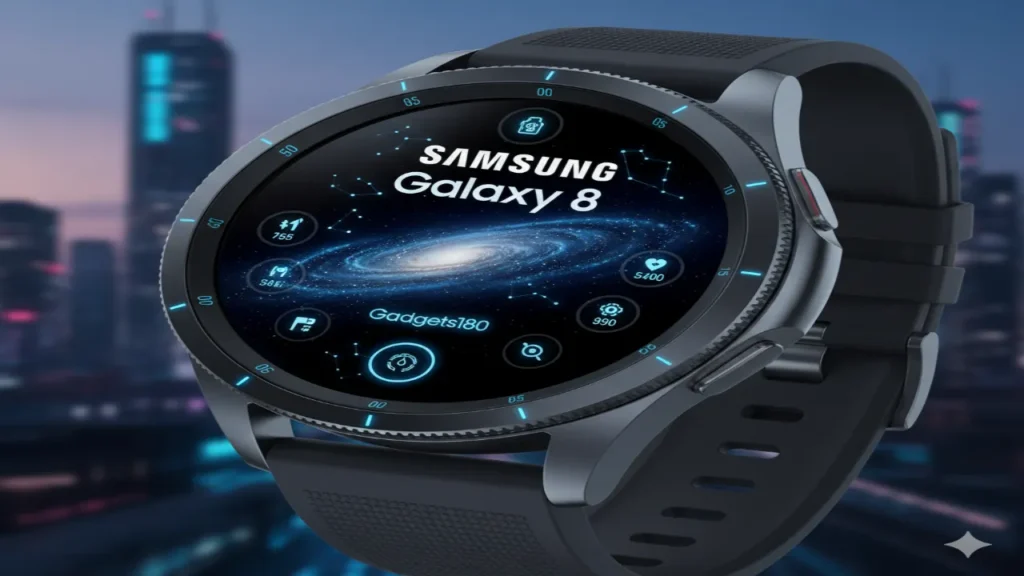
What Exactly Is the Antioxidant Index?
Antioxidants play a huge role in fighting oxidative stress, which is linked to aging, heart disease, cancer, and other chronic conditions. Carotenoids — pigments found in foods like carrots, spinach, and tomatoes — are reliable indicators of antioxidant levels in the human body.
Samsung’s new Antioxidant Index uses a tiny spectroscopy sensor built into the Galaxy Watch8 to measure carotenoid density under your skin. It does this without needles or lab visits — instead of lasers or heavy equipment, it uses multi-wavelength LEDs and a custom photodiode array to analyze light reflection patterns. The watch then calculates your antioxidant score, giving you an easy-to-read overview of your body’s nutritional status.
The results are categorized in line with World Health Organization (WHO) recommendations, helping you understand whether your diet is providing enough antioxidant protection.
How the Feature Works on Your Wrist: Samsung Galaxy Watch8
Users simply place their fingertip on the sensor located on the back of the Galaxy Watch8 to start the scan. The device measures carotenoid density by analyzing how light interacts with the skin. Samsung has also designed smart algorithms that auto-calibrate the readings to account for skin tone, hand position, and other physical factors — ensuring more accurate results for everyone.
To avoid interference from melanin or blood pigments, measurements are taken on the fingertip rather than the wrist. The readings are then combined with other Watch8 health data — such as sleep tracking, blood vessel health, and physical activity — to give users a complete picture of their overall wellness and aging risk.
This continuous integration of nutrition and biological insights makes the Galaxy Watch8 more than a fitness tracker — it’s a personalized health companion.
Backed by Clinical Trials and Expert Collaboration: Samsung Galaxy Watch8
Samsung didn’t roll this out overnight. The project began back in 2018, with a clear vision: to move beyond basic fitness metrics like steps or calories and start measuring real biological impact.
Over the years, Samsung’s engineers developed multiple prototypes — including clinical-grade sensors, consumer test units, and skin-care diagnostic devices — before successfully miniaturizing the technology to fit inside a smartwatch. This seven-year journey involved top experts from Seoul National University and Samsung Medical Center, who guided the scientific validation and nutritional relevance of the feature.
During clinical testing, hundreds of participants underwent comparisons between the watch’s readings and standard laboratory carotenoid measurements. The results confirmed the watch’s ability to deliver reliable estimates suitable for consumer use — a major breakthrough for wearable tech.
Why This Matters for Everyday Users
Until now, most wearables could only track things like heart rate, blood oxygen, or stress levels — all useful but somewhat indirect indicators of health. Nutritional health, especially antioxidant status, remained out of reach because it required specialized equipment.
The Samsung Galaxy Watch8 changes that. It gives users an easy, on-the-go way to understand whether they’re eating enough antioxidant-rich foods and how their lifestyle choices might be affecting their long-term well-being. Rather than focusing on single readings, the Antioxidant Index shows long-term trends, helping people identify gradual improvements or declines based on dietary habits.
Samsung says this is part of its broader mission to shift health tracking from reactive monitoring to proactive prevention — giving users insights before problems start.
The Future of Health Tracking on Galaxy Devices
The Antioxidant Index feature syncs with Galaxy Health across Windows, macOS, and Linux systems, ensuring that users can view and analyze their wellness data seamlessly across devices.
Looking ahead, Samsung plans to expand this technology into more preventive health areas as it collects long-term user data and refines its algorithms. The goal? To make personalized health insights available on a population scale, not just for fitness enthusiasts.
Experts working on the project highlight that as global lifespans increase, it’s not just about living longer — it’s about living better. Understanding oxidative stress and its connection to diet, aging, and chronic disease is key to that goal.
Final Thoughts
With the Galaxy Watch8, Samsung is redefining what a smartwatch can do. The on-wrist Antioxidant Index bridges the gap between nutrition science and consumer technology, giving users real-time insights into their internal health like never before.
It’s not just about tracking steps anymore — it’s about understanding how your body is aging, how your diet affects it, and how you can take control. And if this is just the beginning, the future of wearables might look a lot more like a personal health lab on your wrist.
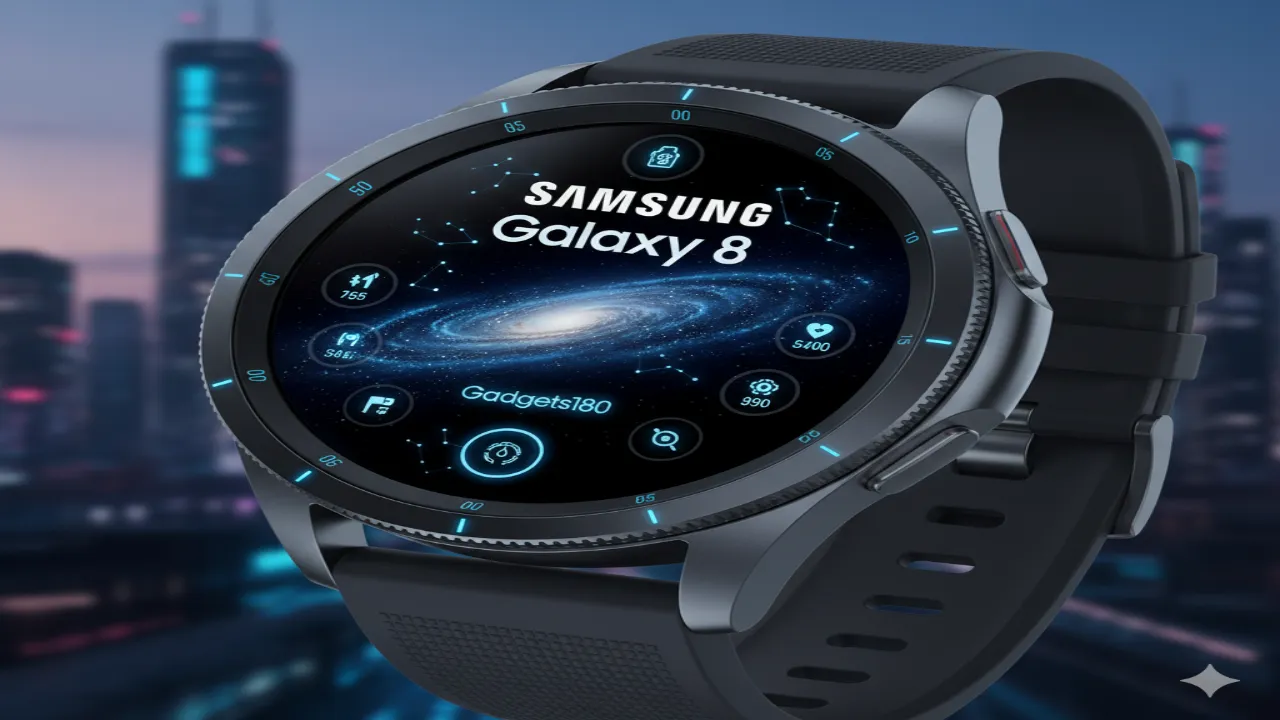


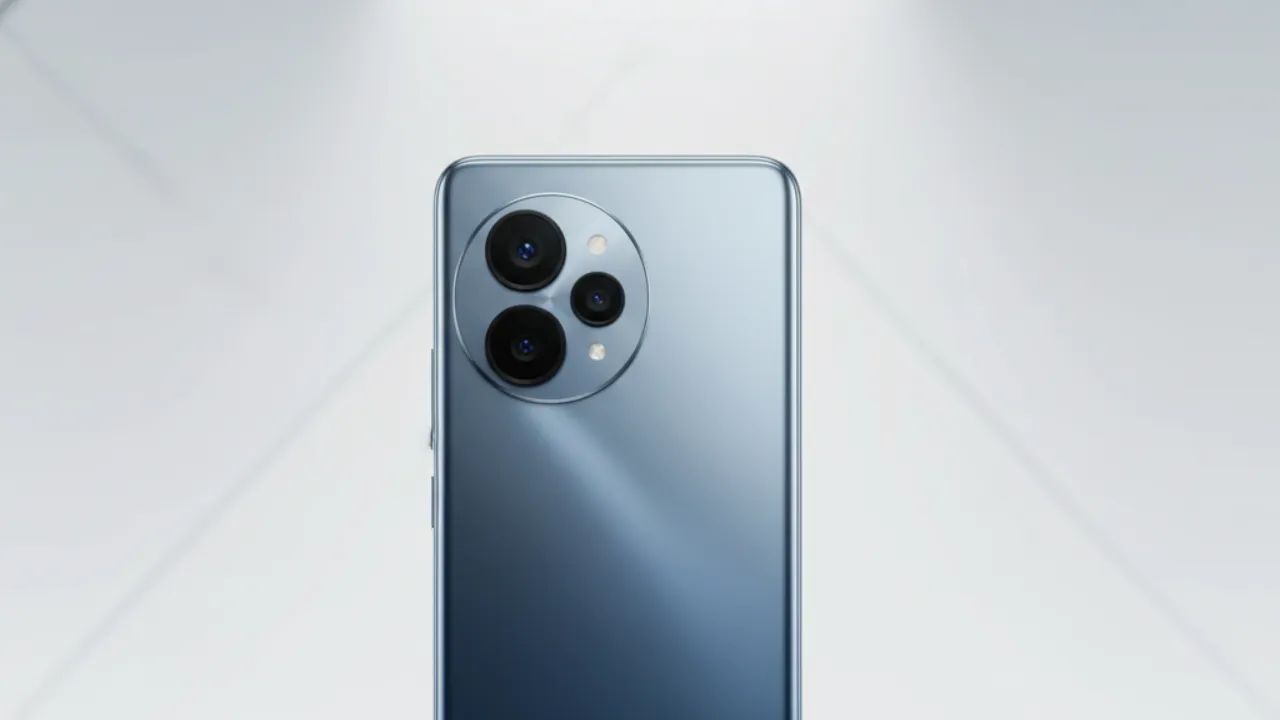
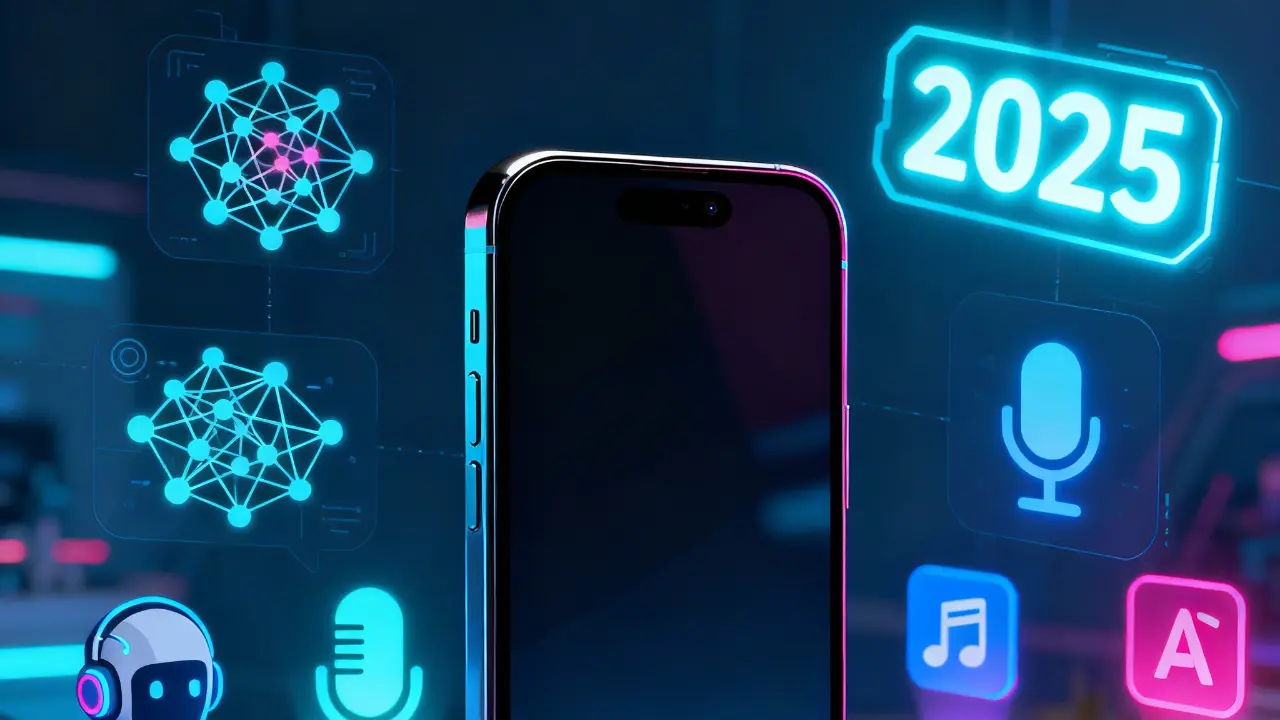
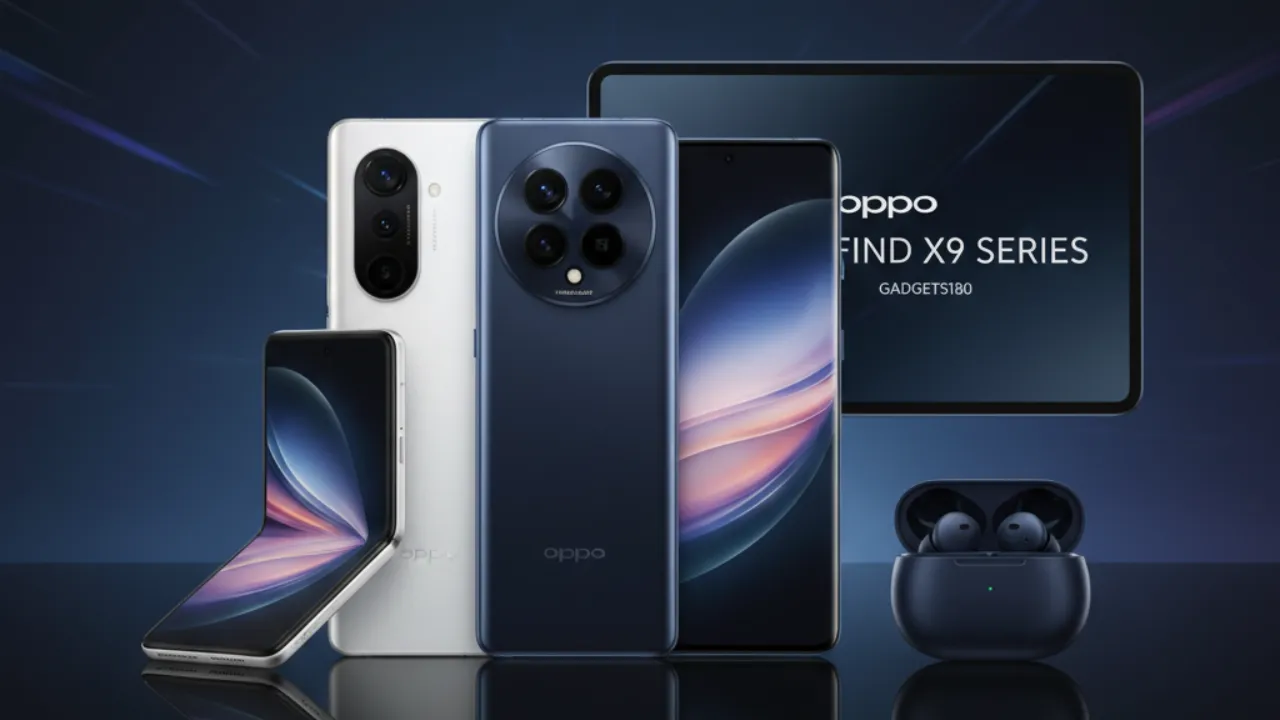

Comment on “Samsung Galaxy Watch8 Introduces World’s First Antioxidant Nutrition Tracking Feature”